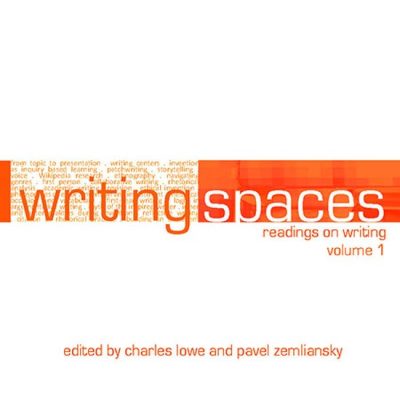1 Lennie Irvin’s “What is Academic Writing?”
Writing Spaces Volume 1
In this first chapter, Irvin defines academic writing for students new to the genre and identifies some common misconceptions (like never using the “I” pronoun). The chapter further explores the importance of understanding the academic writing situation for each assignment, and the literary tasks students are frequently asked to perform on the college level. Irvin also provides a detailed guide for deciphering the three major types of assignments (closed, semi-open, open) along with explaining how each carries different expectations. This reading would be especially useful when introducing each of the major essays, as we can employ Irvin’s methods to decode the assignment’s specific writing situation and requisite writing tasks.
“Analysis works best when you put all the cards on the table, so to speak. Identify and isolate the parts of your analysis, and record important features and characteristics of each one.”
MLA Citation Examples
Works Cited
Irvin, L. Lennie. “What Is ‘Academic’ Writing?” Writing Spaces: Readings on Writing Volume 1, edited by Charles Lowe and Pavel Zemlianksky, Parlor Press, 2010, pp. 3-17.
In-text citation
“Analysis works best when you put all the cards on the table, so to speak. Identify and isolate the parts of your analysis, and record important features and characteristics of each one” (Irvin 11).
APA Citation Examples
References
Irvin, L. L. (2010). What is ‘academic’ writing? In Charles Lowe and Pavel Zemliansky (Eds.), Writing Spaces: Readings on Writing, vol. 1 (pp. 3-17). New York: Parlor Press.
In-text citation
“Analysis works best when you put all the cards on the table, so to speak. Identify and isolate the parts of your analysis, and record important features and characteristics of each one” (p. 11).
Chicago Citation Examples
Bibliography
Irvin, Lennie. “What is Academic Writing?.” in Writing Spaces: Reading on Writing Volume 1, ed. Charles Lowe and Pavel Zemliansky (New York: Parlor Press, 2010), 3-17.
In-text citation
“Analysis works best when you put all the cards on the table, so to speak. Identify and isolate the parts of your analysis, and record important features and characteristics of each one” (Irvin, 2010, 11).


